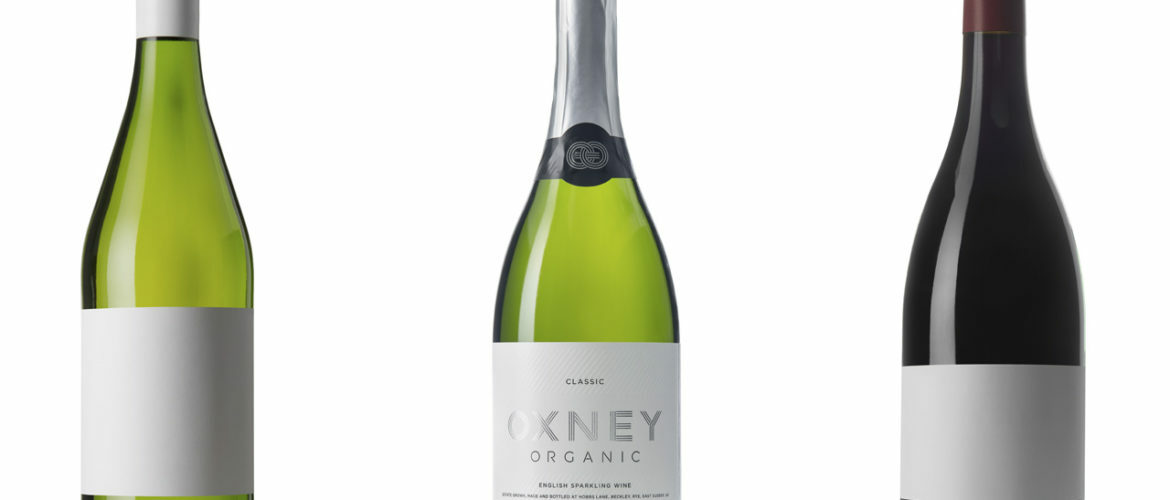
Photographing Glassware: How to Shoot Bottles
Everyone enjoys looking at a nice bit of glass (best said with a North American drawl). Clean and cool, with a satisfying sheen and just the right number of specular highlights to give the object three-dimensional form, a well-photographed glass object looks classy and luxurious. A genuine pleasure to behold.
Conversely, a badly done bit of glassware photography looks, well, it looks like total amateurish crap if we’re absolutely honest.
Ugly distracting reflections in the wrong place, interfering with the form of the bottle and obscuring the writing on the label? Greasy paw prints all over the shop that require hours of retouching to fix? Translucent liquids that come out looking more like impenetrable solids? Perhaps even the camera reflected in the bottle itself? Rubbish.
If you’ve ever tried photographing bottles and found your results leaning more towards the latter scenario: read on.
If you’ve always been too scared to try shooting glass objects, precisely for fear of things going this way: well, yes, read on.
Even if you’d never previously considered shooting glass objects but you like a challenge and we’ve piqued your interest: you too, read on.
It’s not that scary when you know how.
Bottoms up!
Before We Begin
Before we proceed any further, there is one lesson that anyone attempting to photograph glassware needs to take on board right from the outset: you don’t light the glass. Ever.
This may seem counterintuitive, but lighting reflective surfaces achieves nothing. You can throw more and more light at your bottle and still you’ll get nowhere: if the positioning of your lights is wrong, the photo will look pretty much the same whether the light is on the minimum or maximum power setting. There are in fact many ways in which you could approach lighting a bottle – and we’re only going to cover one of them here – but all will have this one fact in common: you don’t actually light the bottle.
Instead you light other objects that will then be reflected by your glass bottle. It is these reflected objects that you see when you look at a nicely lit photo of a glass bottle.
Makes sense?
You Will Need
Or rather, depending on what you want to shoot, you may need, some or all of the following:
- a tripod
- 2 or 3 lights (either flash or continuous)
- light stands
- boom stands
- super clamps
- soft boxes
- large sheets of strong white and black card or foam board
- white and black polyboards
- black flags
- black cloths
- reflectors
- gaffer tape
- a wide roll of moderately thick white paper
- diffusion material such as tracing, frost or spun
- cotton gloves
- paper tissues
- glass cleaning fluid
- canned air
Dress for the Occasion
Having established the importance of reflected objects for successfully photographing our bottle, it should be obvious that we need to be careful that the bottle reflects only those objects that we want to see reflected. And no others.
One such unwanted “object” that might potentially show up reflected in the bottle is the photographer. That’s you. Dress in black or other dark colours and you will significantly reduce the possibility of this occurring.
Similarly, you may find it useful to have some large black cloths to hand in order to cover up any other light-coloured objects, and even windows. Indeed, by shooting at night or in a totally darkened space you will already avoid one of the biggest headaches of photographing glass: reflections caused by unwanted ambient light.
Clean the Subject
Before even thinking of taking any photos, the first step is to make sure that the bottle or other glass object that you wish to shoot is absolutely spotlessly clean: any greasy marks or dust on its surface will show up as if under a magnifying glass once the bottle has been lit and photographed.
Wearing cotton gloves, carefully wipe down the bottle with glass-cleaning fluid using a cloth or paper tissue. Then remove any dust with a quick blast of canned air. Getting your subject clean now will just take a few minutes yet save you a whole lot of tedious cloning work in Photoshop later.
The Approach
Clearly a printed label doesn’t reflect light in the same way as a piece of glass. Also, in both cases, the information the viewer needs to see will differ significantly: a label with the name of the product needs to be clearly readable, the glass areas of the bottle itself just need to look good.
This means that when photographing a glass bottle such as a wine or beer bottle, we need to mentally divide the shot up into separate elements, dictated by the differing materials involved and how they will react to the light. Typically we can identify three main elements: the background, the bottle, and the label. Let’s look at each one in turn.
The Background
As we said, you don’t light the bottle, but rather light other surfaces which then reflect in the bottle. This draws the viewer’s attention to the reflective surface of the bottle. But glass is not only reflective like a mirror, it is also translucent to some degree. Even if your bottle is made of coloured glass (green, for example, as with a wine bottle), light will shine through it. But if there’s no light behind it, we won’t be able to see it.
Again though, this doesn’t mean that we should shine a light directly on the bottle from behind, as this will achieve little but create ugly reflections. Instead, we need to create a nice clean background and then light it evenly so that the bottle becomes silhouetted against the backdrop.
For a makeshift infinity backdrop, tape a long sheet of white paper to the wall, letting it hang down the wall and onto the table or desktop that you’ll be shooting the bottle on. Get a sufficiently long roll of paper for it to reach forward across the tabletop in the direction of the camera well beyond the point where you’ll place your bottle.This way, as the paper bridges the gap between wall and desktop in a smooth and continuous curve rather than a right angle, the “horizon” line between desk and wall will be no more: leaving your bottle floating on a clean and perspectiveless expanse of white.
Now place a light either side of the bottle and slightly behind it, both lights pointing at the backdrop. Ideally add some diffusion material such as frost or spun to the lights so as to both soften and disperse the light they emit. This will evenly illuminate the white backdrop so that the bottle will be viewed silhouetted against a clean and uniform background. It should also draw our attention to the colour of whatever liquid is inside the bottle.
If at this point some ugly little highlights appear on the bottle, the solution likely lies in placing some black flags or black polyboards between the background lights and the bottle, so that the lights are no longer reflected in the bottle.
The Bottle
Now we know that there’s a bottle there, and that it’s transparent, and that there’s something in it. Even if all we can see at this point is its basic silhouetted shape, minus any details. But without any reflections on the front of the bottle, the viewer has no way of understanding that this is a three-dimensional object, rather than, say, simply a flat piece of bottle-shaped wine-colored perspex or something.
At this point, an inexperienced photographer will set up a couple of lights pointing at the front of the bottle and then wonder why it looks such a mess. It looks a mess, because by doing this all you see is the reflections of the lights. And if the lights are just bare flash heads, these reflections will be relatively small, bright and circular points of light.
Instead we need a nice long and thin highlight extending the full length of the bottle. This means we need to make the light source similarly long and thin. While adding a softbox to the light will undoubtedly improve things somewhat, even a medium sized softbox may not be big enough to create a nice long reflection.
We have a number of options here – depending on whether we use a sheet of white card, the white side of a polyboard, or even just a white wall to the side of our shooting area (although this may risk flooding the entire scene with reflected light). However, in each case the principal is the same: we will point the light away from the bottle, directing it instead onto the large white surface, placed somewhat to the side of the bottle. Now our light source is no longer the flash-head, but the large white surface we’ve pointed the flash at. The reflection in the bottle should now be correspondingly bigger.
You may need to experiment somewhat with the exact positioning of the white card or polyboard in order to get precisely the width and position of highlight you want on your bottle. Frequently the reflection will be improved by diffusing the light source even more, thus softening its reflection in the glass. To do this, you could hang a large sheet of tracing paper or frost between light source and bottle. This sheet of diffusion material now effectively becomes the light source, reflected in the glass.
You may also want to experiment with using black card or a black polyboard to flag off light from one area of the bottle, adding some contrast and creating a greater sense of three-dimensionality, as in the image above.
Once you’ve got your side reflection looking how you want it, you’ll likely want to repeat the above procedure for the other side of the bottle too. Whether you want to achieve an entirely symmetrical look or not is up to you, but sometimes creating some variation in the positioning, size and strength of the two side lights can make for a more interesting and natural looking lighting set-up than if the lights on both sides were identical. Whatever you choose to do, the effect you’re aiming for is to give the bottle a sense of definition and three-dimensionality.
Finally, depending on the position of your lights, you may find that the top of the bottle lacks a clear highlight. In this case, the best solution is likely to be positioning a reflector (or sheet of white card) on a boom stand so that a little light bounces down onto the top. If this appears not to make any difference to the shot it may simply be because you can’t see the top of the bottle, in which case you may want to slightly adjust the height of the camera so as to make the top of the bottle more visible.
The Label
So, you’ve got your bottle looking fantastic, with clearly defined edge highlights, a nice luxurious sheen, and hopefully also its contents looking pretty tasty too. But how’s the label doing?
If you’re fortunate, you’ll have enough light bouncing in already that the label looks just fine as it is. Nine times out of ten though, you won’t be so lucky, and half the label will be lost in the gloom or obscured by contrasty shadows. A beautiful product with an unreadable label will not make you popular with the client, so clearly this needs to be resolved.
To fix this you may need to try a couple of things until you find the right solution. The first port of call being a reflector placed in front of the bottle, angled so that it bounces some of the light coming from the sides onto the label.
If this is still too weak, you may need to add an extra light specifically for the label. However, as we saw earlier, small, hard light sources don’t make for very attractive reflections, so you’ll probably need to follow or similar procedure as we did for the side lights in order to create a large and heavily diffused light source. Just be sure to keep the power of this front light low in relation to the side lights, otherwise you will undo all your earlier hard work by flattening the entire lighting set-up with this frontal fill.
Even if one of the above fixes provides a reasonably satisfactory solution, you may well find that you still preferred the atmosphere of the shot before adding in the extra light for the label. If this is the case, then the obvious thing to do here is of course to shoot one image with the moody lighting exactly how you want it, and then a second image just for the label, and combine the two in post production.
This technique will probably be most successful if you add the label using an appropriate Photoshop blend mode so that some of the original lighting on the label is retained from the background image, rather than an implausibly evenly illuminated label being added to the bottle.
The Bottom of the Glass
It’s worth noting that the instructions above are specifically for photographing a bottle containing some kind of mid to dark coloured liquid, such as in our earlier examples, or one made of dark coloured glass. If instead your bottle is clear and empty, then following this tutorial to the letter would only end in frustration.
While the principles for photographing an empty, clear glass bottle are effectively the same as we describe here, bright reflections will not help to make clear glass more visible against a white background. Instead you would need to replace the side lights with black polyboards or flags, which would then show up as dark reflections in the glass, helping to give the transparent glass some edge-definition against the white background – as seen in the example photo of a glass above.
So, give it a go and send us your comments below with any questions you have.
Of course, if you need our expertise we’re at the other end of the line.

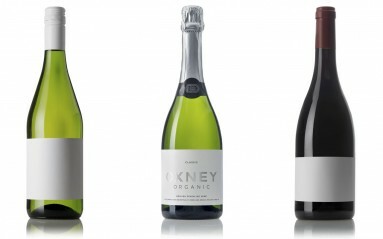
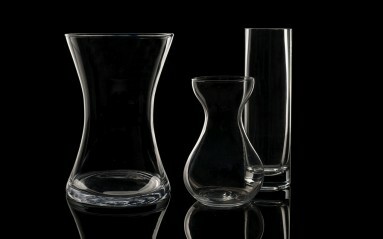
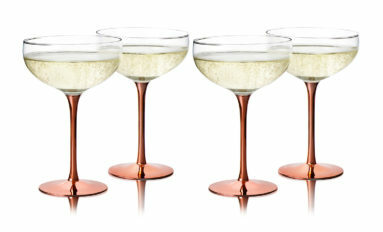
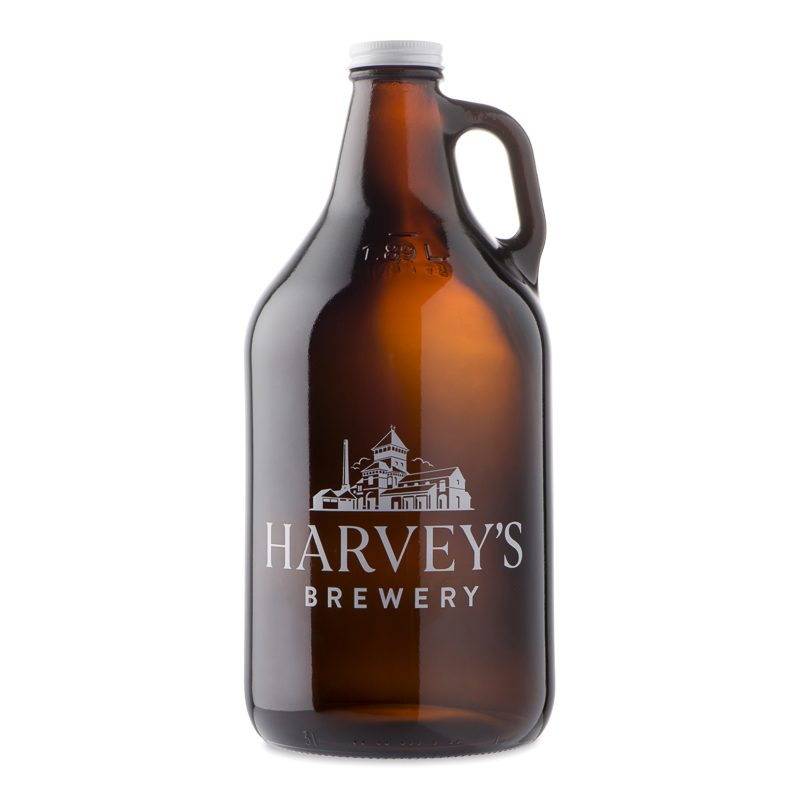
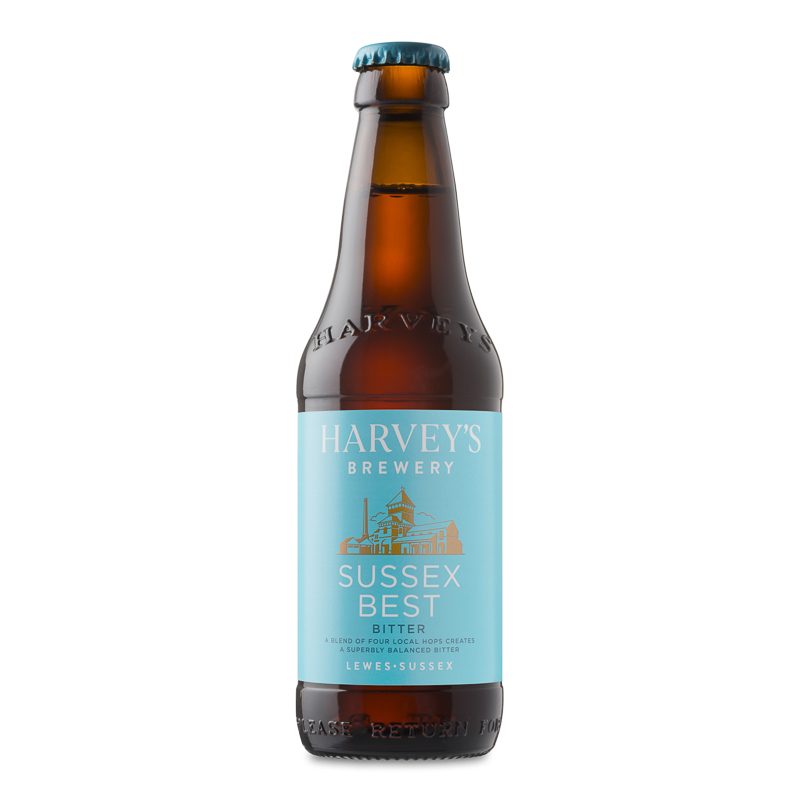
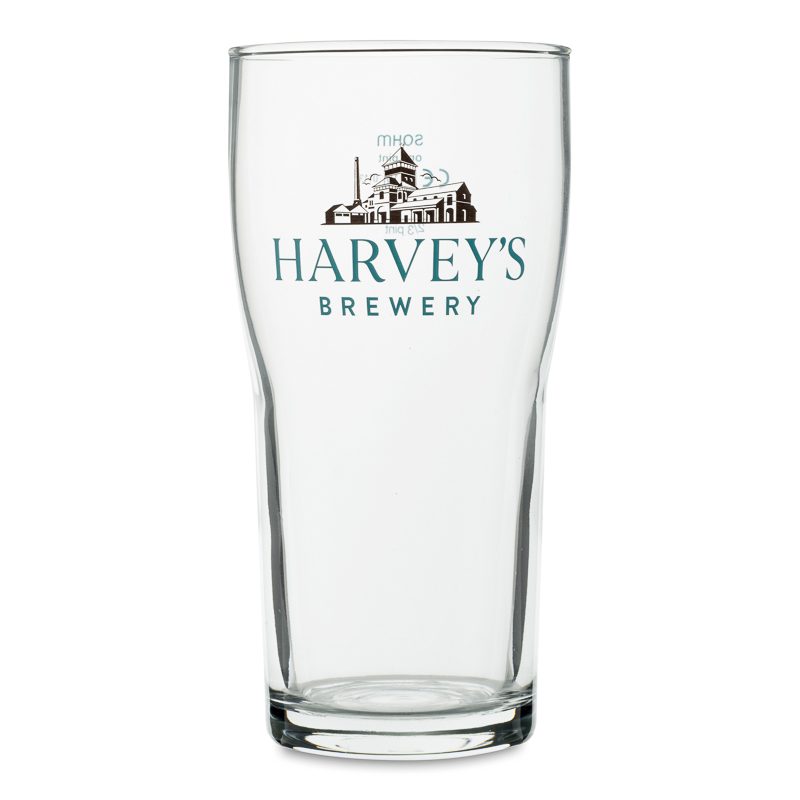
Awesome work man. I really enjoyed your product photography works.
really great information of product shooting you shared here, thanks for such information